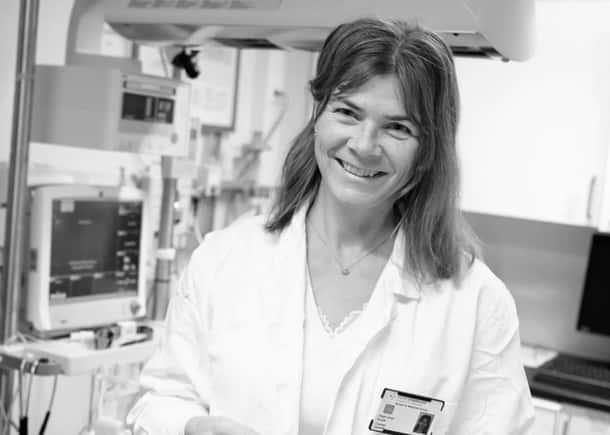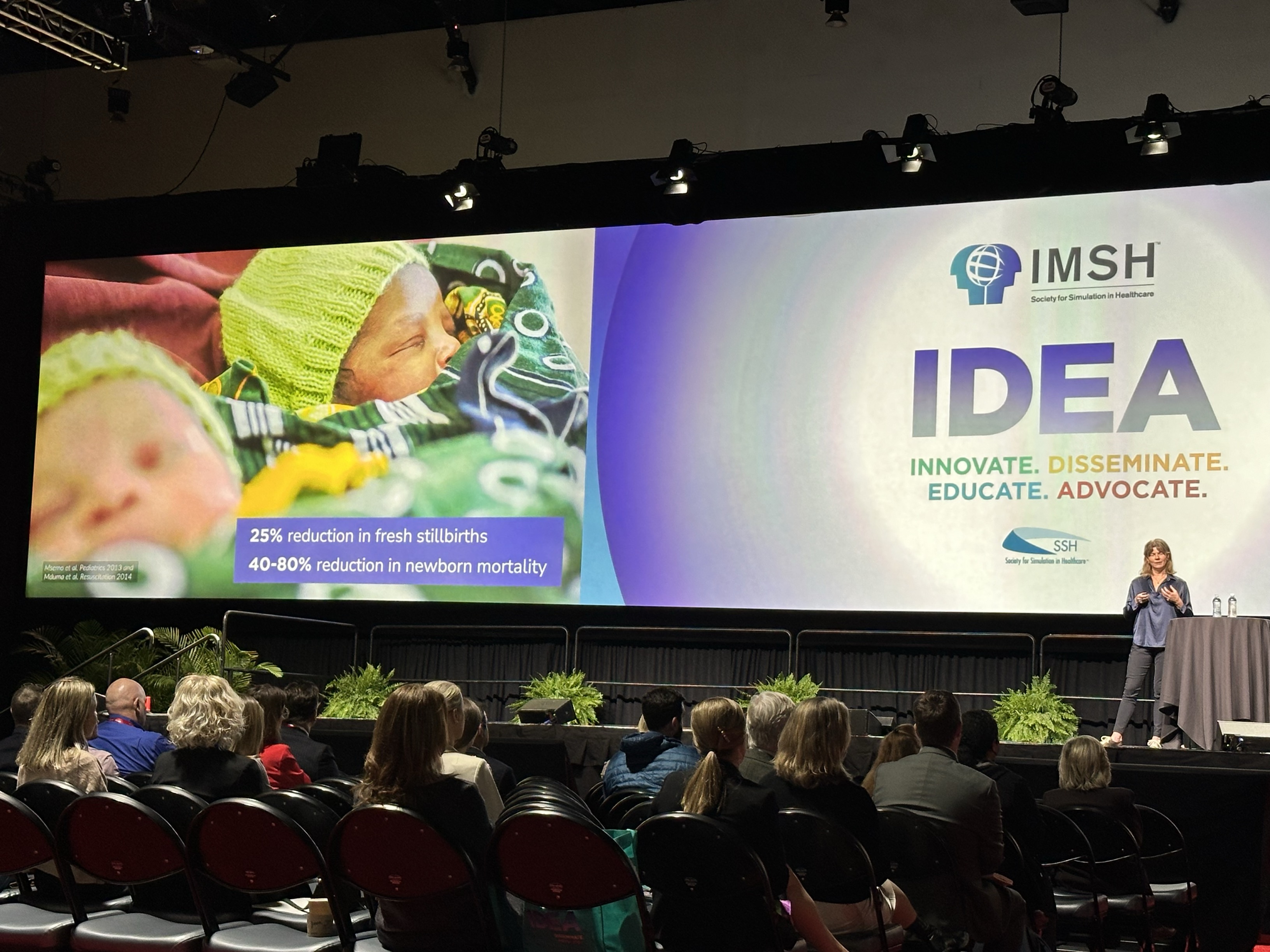Simulation Saves Lives
A conversation with Dr. Hege Langli Ersdal (MD) about Safer Births, Tanzania: a program showing newborn and maternal reductions of 50%.

A conversation with Dr. Hege Langli Ersdal (MD) about Safer Births, Tanzania: a program showing newborn and maternal reductions of 50%.

Dr. Hege Langli Ersdal has been the Principal Investigator of several large international research and development projects related to the implementation of simulation-based learning to improve quality of care and patient outcomes on the day of birth. She has co-authored more than 130 research papers in peer-reviewed international journals.
We asked Dr. Ersdal about the lessons she has learned while developing the Safer Births program in Tanzania and the value of simulation-based training to improve newborn and maternal outcomes in low-income countries and beyond.
What is the Safer Births program and how was it developed?
Safer Births is a research and innovation program to help save maternal and newborn lives. It started in Tanzania more than 15 years ago. In a collaboration between end-users, researchers, and engineers, several clinical innovations were developed. These innovations have been refined over the years through an iterative process and testing of each innovation before moving on. We tested each of the innovations in separate studies and found that they were more effective than the existing solutions. However, we also found that new tools won’t help anyone unless the providers know when to use them and how to best use them.
What were the most important lessons learned during implementation?
Sustainable implementation is not possible without dedication and competence, but also local ownership. That’s why we’ve spent a tremendous amount of time and effort training local people – both in simulation methodology and the science behind it.

How were these lessons applied? What does the Safer Births program look like today?
We learned that to make an impact – to save the most lives possible – we had to look at the combined effect of the Safer Births innovations. We needed to adopt a bundle approach including both clinical and training tools. This is called the Safer Births Bundle of Care. We also learned that we needed to incorporate training methodology and integrate mentorship.
What has been the impact of the Safer Births program and some of the most exciting results you’re showing?
We see impact on several levels. We’ve been able to demonstrate improved competence and capacity. That has provided the foundation for further scale-up from one to thirty hospitals and soon to 140 hospitals in Tanzania.
We’ve seen a change in culture, moving away from the “blame and shame” culture to establishing a culture of continuous quality improvement with a focus on regular training.
And we’ve seen very encouraging results. Preliminary raw mortality data, shows a combined decreasing trend from all sites during the study period. The trend in newborn mortality has declined by 45% and the trend in maternal mortality has declined by a remarkable 70%. Please be aware these are absolute numbers, still not adjusted for time and other potentially confounding factors.
What does the future look like for Safer Births?
The scale up of the Safer Births Bundle of Care has improved clinical care and reduced early maternal and newborn deaths. The scale-up is now being increased to 140 hospitals with funding from the World Bank. We hope to see the Safer Births program implemented in other parts of the world.
What advice would you give to someone who is implementing a simulation-based program?
You must have local ownership. Then you must invest in training local simulation facilitators and establish a mentorship program to support them. These facilitators are those who are going to implement the program and ensure that it is sustainable.
Top 3 success factors
- Ensure local ownership
- Train skilled local facilitators
- Provide a mentorship and supervision program